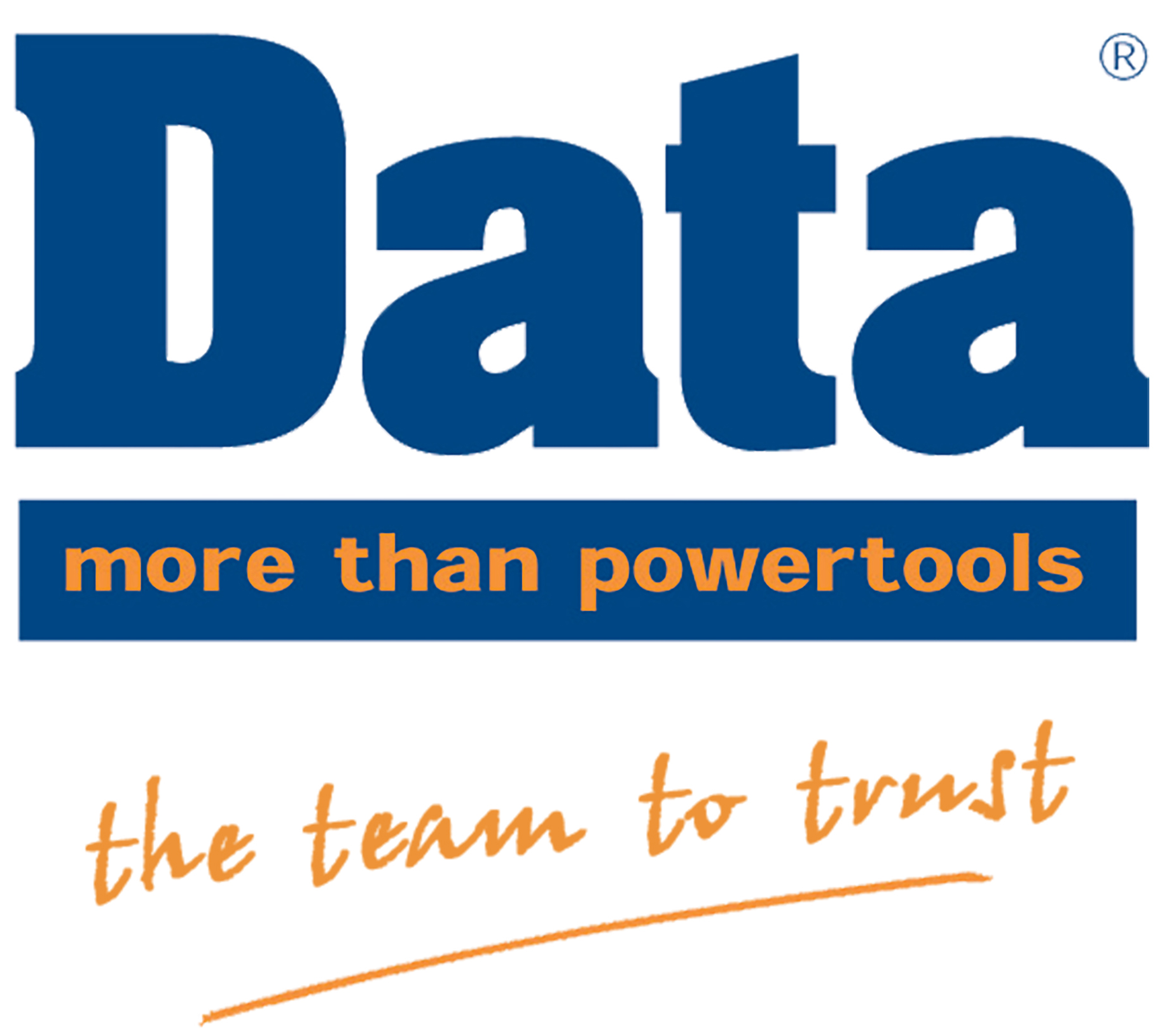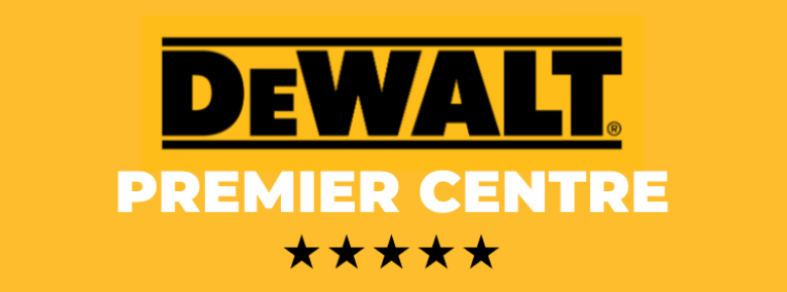As sustainability becomes a critical concern across various industries, the construction and DIY sectors are no exception. In recent years, eco-friendly power tools have gained popularity as more professionals and homeowners look to reduce their environmental footprint while maintaining high-quality work. This shift not only aligns with global environmental goals but also introduces long-term benefits, including cost savings, enhanced safety, and better health outcomes on worksites. In this article, we'll explore the eco-friendly power tools shaping the future of worksites and how adopting sustainable practices in tool usage can make a significant difference.
Current Trends in Eco-Friendly Power Tools
The power tool industry is increasingly focusing on products that combine high performance with environmental responsibility. The growing trend toward sustainability is evident in the development of tools that offer energy efficiency, reduced emissions, and recyclable components. Consumers are becoming more aware of their environmental impact, and many are now prioritising tools that reduce carbon footprints and energy consumption. The rise of battery-operated tools, such as cordless drills, saws, and lawnmowers, has allowed manufacturers to offer more eco-friendly alternatives to traditional, fuel-powered equipment.
Eco-Friendly Power Tool Features
The heart of any eco-friendly power tool lies in its features designed to reduce its environmental impact. Several key elements contribute to making these tools both effective and sustainable:
- Energy Efficiency: Modern eco-friendly tools consume less energy, helping to conserve resources while delivering powerful performance. For example, brushless motors, which are common in newer power tools, are more efficient than traditional motors and generate less heat, improving the longevity of both the tool and the battery.
- Low Emissions: Many traditional gas-powered tools emit harmful fumes that contribute to air pollution. Eco-friendly alternatives, including battery-powered and hybrid tools, eliminate these emissions, resulting in cleaner air on worksites.
- Recyclable Materials: As manufacturers move towards sustainability, more tools are being made with recyclable materials. This reduces waste and encourages responsible disposal practices.
- Battery Technology: One of the most significant advancements in eco-friendly tools has been the improvement in battery technology. Lithium-ion batteries, commonly used in cordless power tools, are rechargeable, which reduces waste and provides a more sustainable power source compared to disposable batteries.
Examples of Eco-Friendly Power Tools on the Market
Several eco-friendly power tools are currently available on the market, each designed to minimize the environmental impact without sacrificing performance. Let’s take a look at a few standout options:
Makita DLM382Z 18Vx2 Lawnmower 38cm LXT (Body Only)
Eco-Friendly Features:
- Cordless and Battery-Powered: This 38cm lawnmower operates entirely on two 18V LXT batteries, eliminating the need for petrol and reducing harmful emissions.
- Quiet Operation: It produces much less noise compared to traditional petrol-powered lawnmowers, making it ideal for use in residential areas without disturbing neighbors.
- Battery Efficiency: With Makita’s advanced battery technology, this mower offers long runtimes, meaning less energy consumption over time.
- Sustainability: By avoiding the use of fossil fuels, it reduces your carbon footprint and contributes to a cleaner environment.
Makita DLM330RT 18V LXT 33cm Cordless Lawn Mower With 1x 5Ah Battery
Eco-Friendly Features:
- Compact and Energy-Efficient: The 33cm cutting width makes it perfect for small to medium gardens, while the 18V battery ensures low energy consumption per charge.
- Environmentally Safe: As with all cordless models, this lawnmower runs cleanly with no exhaust emissions, helping reduce pollution.
- Efficient Battery Power: The 5Ah battery provides a good balance of power and runtime, optimizing the energy use while maintaining consistent performance throughout mowing sessions.
- Recyclable Components: Like many Makita tools, this lawnmower is designed with recyclable components to further reduce environmental impact at the end of its life.
Makita DUC353Z 18vx2 Brushless Chainsaw (Body Only)
Eco-Friendly Features:
- Battery-Powered: Running on two 18V batteries, this chainsaw removes the need for harmful fuels and oils, reducing carbon emissions.
- Brushless Motor: The brushless motor improves the tool's efficiency, increases battery life, and reduces energy consumption while ensuring high cutting performance.
- Quiet Operation: Chainsaws can be noisy, but this battery-powered model operates at a quieter level, reducing noise pollution.
- Sustainable Design: Makita prioritizes eco-friendly manufacturing and design, and this chainsaw features long-lasting components that minimize waste.
Makita DUC353PG2 18Vx2 Brushless Chainsaw With 2 x 6ah Batteries & Twin Charger
Eco-Friendly Features:
- Dual Battery Power: Powered by two 6Ah batteries, this chainsaw provides extended runtime, reducing the frequency of battery replacements and minimizing waste.
- Brushless Technology: The brushless motor reduces energy losses during use, which makes the chainsaw more efficient and environmentally friendly.
- Cleaner Alternative: It provides an environmentally friendly solution to tasks like pruning and cutting, replacing traditional gas-powered chainsaws that emit pollutants.
- Low Emissions: No fumes, oils, or gasoline are required, which greatly reduces the environmental impact compared to petrol-operated tools.
DeWALT DCM563P1-GB 18V XR Hedge Trimmer With 5.0Ah Battery
Eco-Friendly Features:
- Cordless Operation: The DeWALT 18V XR hedge trimmer runs on a rechargeable 5.0Ah battery, meaning it has no need for gas or oil, making it a cleaner alternative.
- Powerful Performance: Despite being battery-powered, this trimmer offers impressive cutting performance that can handle dense branches and overgrown hedges with ease.
- Sustainable Battery: The 5.0Ah battery provides long-lasting power and can be reused multiple times, helping reduce battery waste compared to single-use disposable power sources.
- Noise Reduction: Compared to traditional petrol hedge trimmers, this tool operates at a much lower decibel level, making it a quieter and more eco-friendly choice for trimming and shaping hedges.
Why These Products Are Eco-Friendly:
- Battery-Powered: All of these products operate on rechargeable batteries, reducing reliance on petrol, oils, and other non-renewable energy sources.
- Reduced Carbon Emissions: By eliminating the need for fossil fuels, these tools reduce harmful emissions and contribute to a cleaner environment.
- Energy Efficiency: Features like brushless motors in the chainsaws and lawnmowers improve the overall efficiency of the tools, meaning less energy is consumed during use.
- Low Noise Pollution: These products are significantly quieter than traditional petrol-powered tools, making them more suitable for residential areas.
- Sustainable Design: Many of these products are designed with long-lasting batteries, recyclable parts, and efficient performance, which reduces waste and ensures that they remain useful for longer.
These products represent an excellent choice for customers who are looking to maintain a green, eco-conscious approach to gardening, landscaping, and outdoor tasks, without compromising on performance.
Benefits of Using Eco-Friendly Power Tools on Worksites
Adopting eco-friendly power tools brings several benefits that extend beyond just the environmental impact. Here are some of the main advantages:
- Cost Savings: While eco-friendly tools might come with a slightly higher initial cost, their long-term energy efficiency and reduced maintenance needs result in significant savings over time. Battery-operated tools, for example, eliminate the need for costly fuel refills, and their brushless motors require less maintenance.
- Health and Safety: Reducing harmful emissions and noise pollution not only improves the environmental impact but also contributes to a healthier work environment. Eco-friendly tools tend to be quieter, which reduces noise pollution on jobsites, and battery-powered tools eliminate exhaust fumes that can affect workers' health.
- Regulatory Compliance: Many industries are subject to environmental regulations, and using eco-friendly tools can help businesses stay compliant with these laws. By choosing tools that meet sustainability standards, companies avoid potential fines and contribute to their corporate social responsibility goals.
How Eco-Friendly Power Tools Contribute to Sustainable Worksite Practices
Sustainability isn't just about the tools themselves; it's also about how they're used on worksites. Eco-friendly tools contribute to sustainable practices by:
- Waste Reduction: With better energy efficiency, less material is wasted during operation. Cordless tools often have longer operational lives, and their batteries are rechargeable, reducing the need for constant replacements.
- Reducing Carbon Footprint: Eco-friendly tools, especially those powered by electricity or rechargeable batteries, significantly reduce the carbon emissions produced during work. This helps companies and homeowners reduce their overall carbon footprint.
- Supporting a Circular Economy: Many eco-friendly tools are designed with longevity in mind, encouraging repair and reuse rather than replacement. This shift towards a circular economy reduces waste and supports sustainability efforts by keeping tools in use for longer periods.
Challenges and Considerations When Choosing Eco-Friendly Tools
While eco-friendly tools offer numerous benefits, there are some challenges to consider:
- Higher Initial Costs: Eco-friendly power tools can be more expensive upfront due to the advanced technology and materials used. However, the long-term savings in terms of energy efficiency and reduced maintenance often outweigh these initial costs.
- Availability: While the market for eco-friendly tools is growing, there may still be limited options in certain categories, especially in more specialized tools.
- Performance: Some users may worry that eco-friendly tools may not perform as well as their traditional counterparts. However, with advancements in battery and motor technology, modern eco-friendly tools often provide comparable or even superior performance to conventional tools.
How Eco-Friendly Power Tools Contribute to Sustainable Worksite Practices
Sustainability isn’t just about the tools themselves; it’s about the overall practices on the worksite. Eco-friendly tools play a pivotal role in driving sustainable worksite practices. Their efficient use of resources and low environmental impact create a more sustainable operation from start to finish.
- Waste Reduction: Eco-friendly power tools are designed to maximize efficiency and minimize waste. Their energy efficiency ensures less power consumption, reducing operational waste while providing the same or better performance compared to traditional tools.
- Reducing Carbon Footprint: Tools powered by batteries or electricity produce far fewer carbon emissions compared to gas-powered models, reducing your site’s carbon footprint. This is particularly important in industries that are under increasing pressure to meet carbon reduction targets.
- Supporting a Circular Economy: The shift towards eco-friendly tools encourages a circular economy where tools are made to last longer, can be repaired, and are made from sustainable materials. This reduces reliance on disposable products and helps reduce the volume of waste in landfills.
Wrap-Up
Eco-friendly power tools are more than just a trend—they are an essential part of the future of worksites. With the growing demand for sustainable practices, these tools offer a unique opportunity to reduce environmental impact while maintaining high-quality performance. By embracing energy-efficient, low-emission, and recyclable tools, businesses and consumers can contribute to a greener future.
FAQs
Q1: Are eco-friendly power tools more expensive than traditional ones?
A1: Yes, eco-friendly tools often come with a higher initial cost, but they provide long-term savings through energy efficiency, longer lifespans, and lower maintenance costs.
Q2: How do eco-friendly power tools help reduce the environmental impact of worksites?
A2: Eco-friendly tools reduce carbon emissions, energy consumption, and waste, helping to minimize the environmental footprint of a worksite while maintaining performance.
Q3: What are the best eco-friendly power tools for contractors and professionals?
A3: The best eco-friendly tools include cordless drills, battery-powered saws, and rechargeable equipment that deliver the same power and reliability as traditional tools but with reduced environmental impact.
Q4: How can I ensure I am choosing the most sustainable power tools?
A4: Look for tools with energy-efficient features, long battery life, and sustainable manufacturing practices. Products with certifications such as Energy Star or brands with clear sustainability goals are also good indicators.





